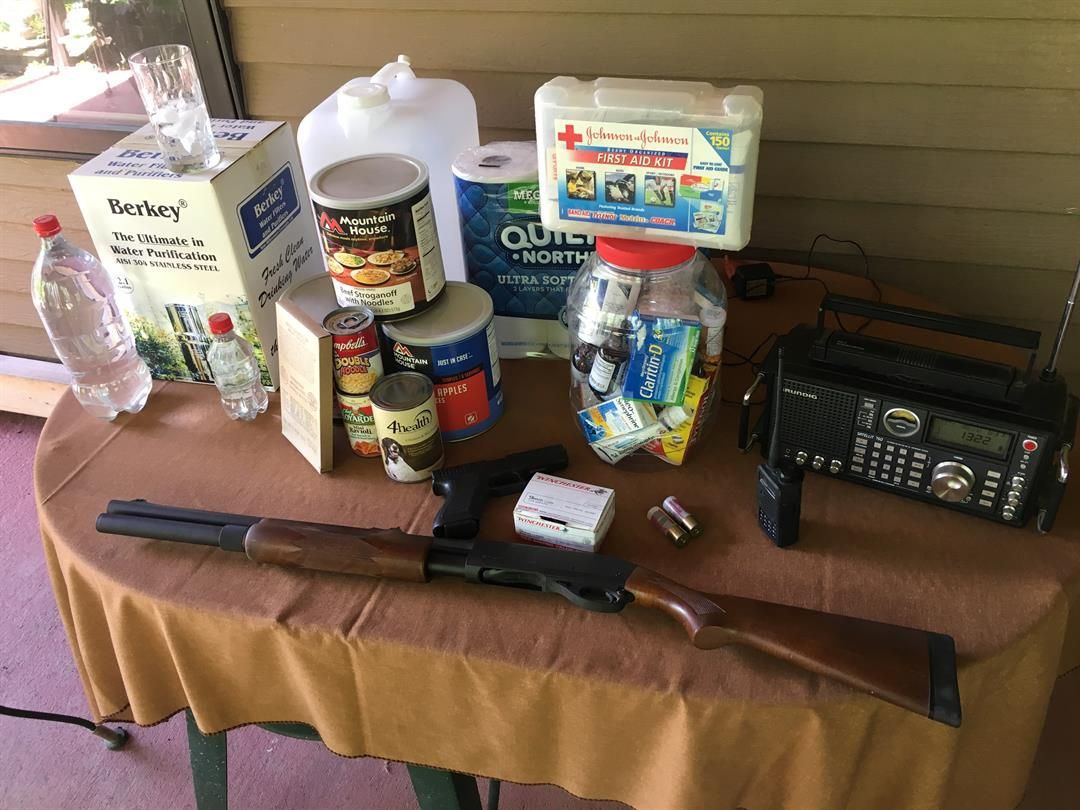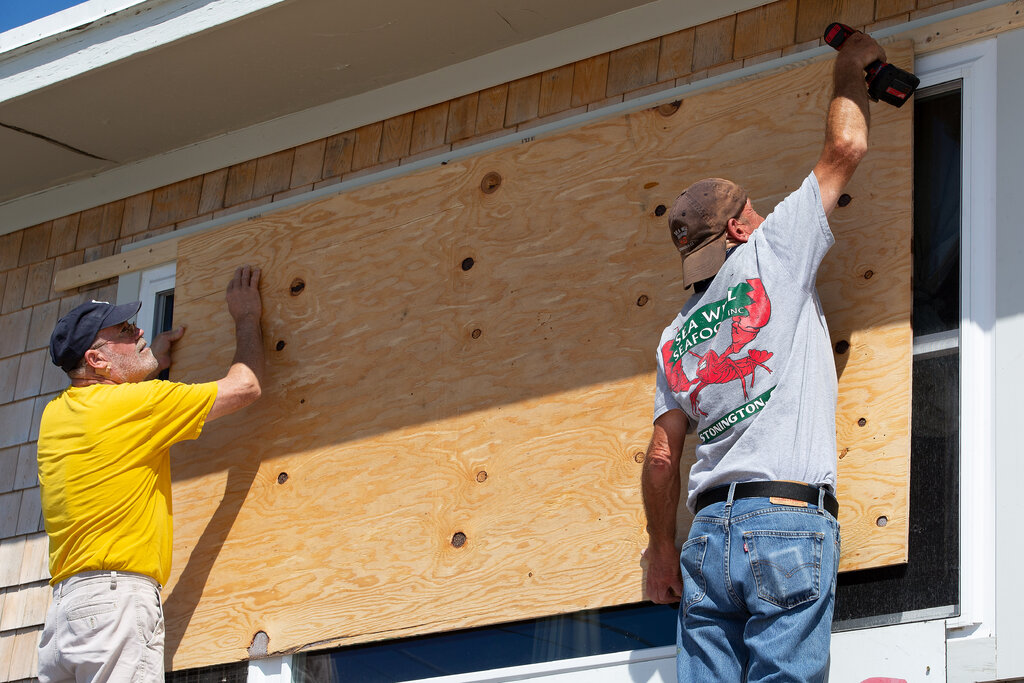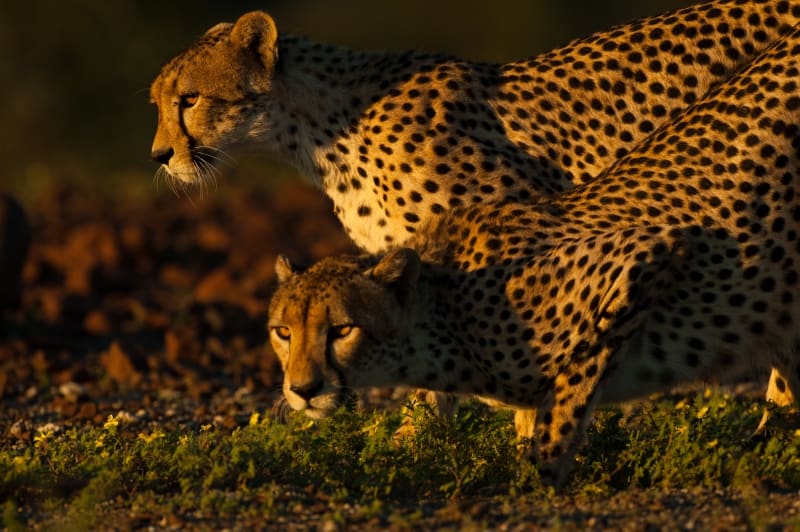
No matter your age, it is important to be prepared. There are many methods to prepare. But the most important thing is being prepared. It is possible to be prepared in the event of a disaster. A good list for a first-time prepper should contain items such as a water purification tablet and household bleach. You should also store bottled water to drink. Depending on the climate you live in, you might want to create a survival pack.
You should have food and water in your bug out bag. A lightweight tarp or campfire is the best, but a vehicle is better. You should wear clothing that is weather-appropriate. This includes warm socks, sturdy boots and multiple layers. The solar panel can also function as a charger unit if it is installed. A hand-crank Radio may be useful if the car stops running.

There are many prepper gear lists. It can be difficult to decide what you need. Survivalists.com created a video that gives some suggestions on what you should have at your home. This includes food, water and shelter building, as well as first aid kit. The list is long and varied, but the most important things are those that you must have and can't live without.
If you are in need of the bathroom, a plumbing emergency or a water main rupture could stop you from getting there. It will be difficult for you to use the toilet if the water isn't running. A bucket with water and a garbage bag should be prepared. You can use a bucket filled with kitty litter to eliminate odors, but you should have enough for a day or two. This will keep your body warm.
Besides water, there are other essential items for a prepper's pantry. Several types of grains are staples in long-term food plans. Wheat is another staple. Wheat is a staple food that can be used as an energy source and a food. Wheat can be used to make flour, and it can be stored for many years. When properly stored, wheat is a great food. Among the essentials, coffee beans and tea leaves are essential for everyday meals.

Food is an essential part of a prepper's kit. Other than food and water, solar power and other renewable sources of water are essentials to a prepper's toolkit. In addition, a water filter and a container for water can help preserve life. Another important survival item is a waterproof tarp. The basic items for a prepper's kit should include a few of each.
In addition to food, prepper essentials include pets. One way to prepare for an economic crash is to invest in silver or gold. A stockpile of food, water and basic necessities is a great way for you to be prepared for any eventuality. Any situation can be survived if you are prepared. Don't forget to be prepared for anything. You can be certain that you are prepared in case of disaster.
FAQ
What medical supplies should I stockpile?
In an emergency situation, ensure you have enough medicine for at least three months. The best way to do this is by stocking up on all types of medications, including antibiotics, pain relievers, cold medicines, etc. You might also want to think about storing food. This is because you won’t have as much time to prepare them if your medications are out of stock.
What is the best-canned food for survival?
The best-canned food for survival is not necessarily the most nutritious. It may also depend on what you are looking for. You can choose beans if you need energy; meat is for protein.
If you are looking for nutrition, then try to find foods that have high levels of vitamins and minerals.
What is the best food for survival?
Make sure you carefully consider the items you purchase. You won't be able to live long if you don’t have enough water. The best thing to do is find a place with plenty of water and make sure you stock up on supplies.
Food can be purchased in dried beans or rice, as well as pasta and dehydrated foods. No matter which option you choose, ensure that they are properly stored so nothing is lost.
You may also want to consider purchasing freeze-dried food. These are typically more expensive than regular foods, but they last longer.
What emergency supplies should I have at home?
It is important to plan ahead and be prepared for anything if you're going on a long-term trip. Consider packing water, food, a first-aid kit, torch, batteries, and other essentials. This will help you feel prepared and more confident that you will be able to deal with any situation.
Start with a basic first-aid kit. You should include antiseptic creams, painkillers. gauze pads, bandages, scissors, tweezers. thermometers. alcohol swabs. Also, you may want to add a small flashlight to see what's inside your kit during power outages.
You can store them in a plastic container that has a lid. This will ensure they stay dry and clean.
Another option is to keep food frozen for up two weeks. You can even make your own freeze-dried foods. These meals are quick and easy to make, and you don't need any pans or cooking pots. All you need is hot water.
Another option is to install a solar-powered battery back up system. This will allow you to charge your mobile phone, tablet, and laptop.
Statistics
- Some 57.2 percent of voters chose Crocs, proving that comfort rules. Background: This summer, we surveyed our readers about what they’d shove into a backpack if they were caught unprepared for the collapse of society. (inverse.com)
- A gravel bike was the clear winner, receiving more than 90 percent of the votes. Background: This summer, we surveyed our readers about what they’d shove into a backpack if they were caught unprepared for the collapse of society. (inverse.com)
- Approximately a hundred and seventeen million people earn, on average, the same income they did in 1980, while the typical income for the top one percent has nearly tripled. (newyorker.com)
External Links
How To
How to treat an injury in a survival situation
In case you get wounded, what should you do? First, you need to know how to heal your wound. The first thing you need to do is stop bleeding. You must then prevent the infection spreading. If the wound is too big, then you should see a doctor.
Before you get hurt, prepare yourself. Always ensure that you have enough water, food, and water. It's good if you have some kind of medical kit. You should also have a knife, and rope. These items should always be with you. These items could be of assistance to you if you find yourself in trouble.
These things might be useful for you if you don’t already own them. It is important to have basic knowledge. You should be able to apply bandages and disinfectants. You should also learn how to use your knife. It is important to apply pressure when cutting. This will prevent blood from escaping.
It is important to look around when you find yourself in a crisis situation. Perhaps you can dig a hole with a stick. Perhaps you have the ability to break open a shell with a rock. If this is the case, it's important to immediately treat your wound. Do not allow it to become infected.
Wash the wound with warm water and soap. Then, apply antiseptic oil. You should cover the wound with a bandage. Bandaging protects the wound and prevents it becoming infected.
You should inspect the wound daily after applying the bandage. It is important to remove the bandage when it becomes dirty. It can lead to infections.
You should inform someone else if you feel pain while you clean the wound. He/she can help you. You should also ask him/her to help you clean the wound.
If you are the only one cleaning the wound, you must remain still for at minimum 10 minutes. This will allow the dirt time to settle.
Avoid scratching the wound. Scratching the skin makes it easier for germs to enter the body. Avoid touching the wound. Germs can spread through the hands.
Protect your wound by using a bandage. You should change your bandage every other day. This will help prevent infection.
You can also use leaves if you don't own a bandage. It is easy to find leaves. A piece of cloth can be used as a bandage.
It is important to pay attention also to the weather. If the temperature drops below 40 degrees Fahrenheit, you should dress the wound more carefully. Cold air can slow down healing.
You should have long sleeves and trousers if you live in colder climates. Gloves are also recommended. Your hands should be covered with gloves.
Walking barefoot is not recommended. Blisters can develop from walking around without shoes. These blisters can quickly turn into injuries.
You should also bring first aid supplies if you're hiking or camping. You should also pack a small bag with bandages and other items.
You must also take into consideration the type injury. If you are in need of stitches, you should consult a hospital.
If you just got burned, you should try not to touch the burn. That way, you can prevent infection.
You should immediately stop hunting, fishing, and trapping if you are injured. First, dial 911.